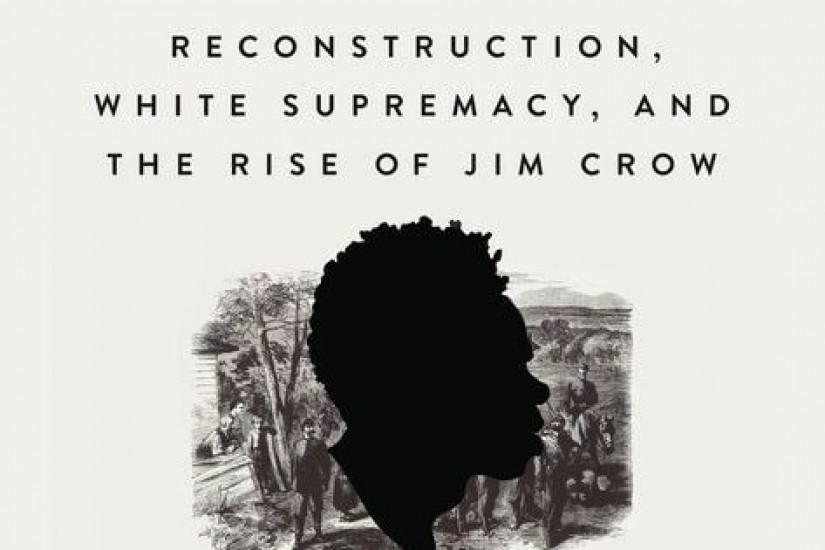Stony the Road begins with the story of Reconstruction as America’s “unfinished revolution.” Attuned to the historiography of African-American life during the post–Civil War era, Gates uses the books first chapter, “Antislavery/Antislave,” to highlight the deep and unceasing white supremacist backlash that the effort to establish biracial democracy faced from its inception. Gates notes:
For Gates, the struggle to defeat Reconstruction went well beyond the literal battles in Colfax, Louisiana; Edgefield, South Carolina; and Wilmington, North Carolina. The full defeat of the ideas that underpinned Reconstruction’s radical egalitarianism required a “culture war.” In this way, the central project of the Jim Crow era was the creation of a new antiblack racism that would crystallize white opposition against any form of equality for black Americans. In his second chapter, Gates shows how Ivy League academics, moonlight-and-magnolias novelists, and Southern folklorists “would breathe life into the concept of the degraded, degenerate ‘Old Negro’ in their works.” Science and high culture had been used to defend slavery; they were weaponized once more to defend segregation.
Gates sees the battle over the black image in the white imagination to be the central cultural project of the post-Reconstruction era. The book’s third chapter “Framing Blackness: Sambo Art and the Visual Rhetoric of White Supremacy” deftly captures the logic of mass-producing antiblack images.
Put another way, the rise of mass culture is unthinkable without mass racism. From Aunt Jemima and Uncle Ben, to perhaps the apotheosis of anti-Reconstruction imagery, D. W. Griffith’s 1915 film The Birth of a Nation, racist images became a pervasive part of the cultural landscape at the very moment that such a national consumer audience was finally becoming possible.
Each chapter is followed by a collection of images. While some of these visual artifacts, especially in the first and final section, portray dignified and sentimental portraits of African-American leaders, the vast majority are cornerstones of the nation’s racist visual language: eugenicist medical drawings, popular animated cartoons, minstrel show flyers, lynching bee postcards, children’s books, and other assorted racist paraphernalia.
Designed to accompany an upcoming PBS documentary on the Reconstruction era, Stony the Road follows a larger movement in public history that seeks to plumb the depths of white supremacy. The Jim Crow Museum of Racist Memorabilia at Ferris State University and the Equal Justice Initiative’s Legacy Museum in Birmingham, Alabama, most closely approximate the pace and tone of Gate’s work.
